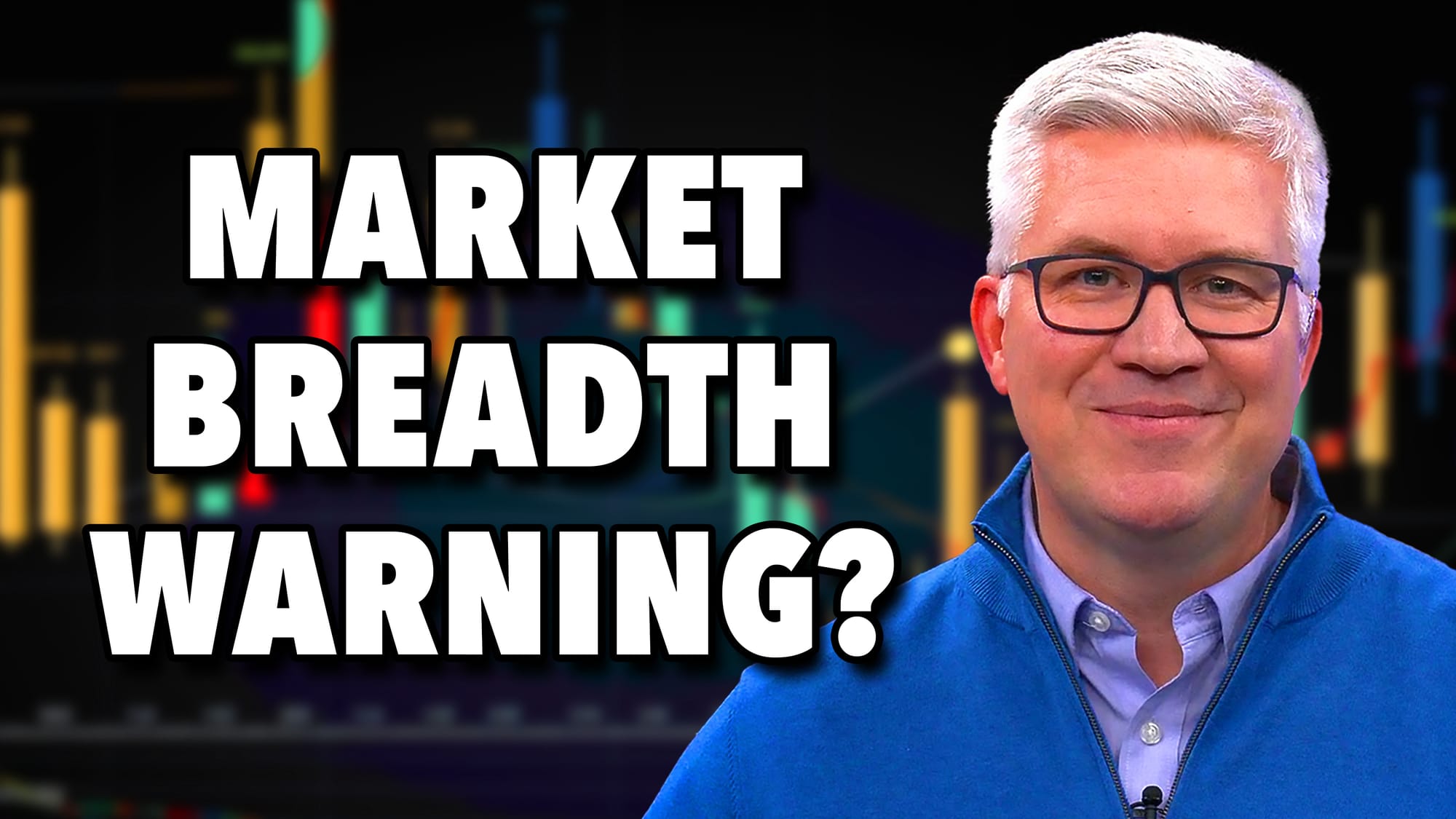CHINA LEADS GLOBAL STOCK DECLINE AS BONDS AND THE YEN RISE -- STOCKS APPEAR HEADED FOR FIRST 10% CORRECTION IN FOUR YEARS
BONDS SURGE AS GLOBAL STOCKS FALL... A plunge in Chinese stocks started the sharpest global stock downturn in four years. Emerging markets lost 8% on the week while foreign stocks in general fell 5.6%. By contrast, the U.S. lost a little over 4%. The hardest hit market sector was basic materials since China is the world's biggest user of many commodities. Gold fell hard while oil managed a small gain. Commodites as a group, however, held up better than stocks. Technology stocks fell especially hard, possibly owing to their traditional ties to Asia. Brokerage stocks were also among the hardest hit owing to problems with subprime mortages. No sector or industry group escaped the selling although consumer staples, healthcare, and utilities suffered smaller losses. Treasury bonds and notes were the big beneficiaries of the massive flight from stocks. The green line in Chart 1 shows the 7-10 year Treasury Bond ETF (IEF) soaring this week. The red line is the Emerging Market iShares (EEM) which led the global stock rout. The other big gainer on the week was the Japanese yen, which helped account for much of the global panic.

Chart 1
JAPANESE YEN SURGE CAUSES GLOBAL CONCERNS... On Thursday, I explained how the sudden jump in the Japanese yen was causing concerns about the unwinding of the "yen carry trade" where traders had borrowed (then sold) the yen to buy higher yielding assets elsewhere (including foreign currencies). This week, the yen surged nearly 4% and rose against all major currencies. The biggest currency losers were higher-yielding currencies like the Canadian Dollar (-1.4%), the Australian Dollar (-1.3%) and the British Pound (-1%). The US Dollar Index fell .25%. [The reason the USD didn't fall as hard was because other currencies were falling while the yen was rising]. The weekly bars in Chart 2 show the yen experiencing its biggest gain against the dollar since last spring (as global markets were also selling off). The yen is bouncing off chart support from the end of 2005 (and also a nine-year support line I showed on Thursday). It's trading back over its 40-week (200-day) average as well. Chart 3 shows the generally inverse relationship that's existing between the yen (orange line) and the British pound (blue line). Traders are now buying the yen and selling the pound. They're also selling other high-yielding (risky) assets that were financed by the weaker yen.

Chart 2

Chart 3
RISING YEN THREATENS EMERGING MARKET LEADERSHIP ... The orange line in Chart 4 shows the yen falling against the Euro for the last four years. On Thursday, I showed that the yen/euro ratio was now in an area of major support and was starting to unwind in favor of the yen. The blue line is a ratio of Emerging Market iShares (EEM) to the S&P 500. That ratio has been rising throughout the four-year global bull market. That means that riskier (and higher yielding) emerging markets have been leading the bull market for the last four years. Much of the buying of those riskier assets has been financed by the falling yen. If the yen is truly bottoming, that puts emerging markets in jeopardy. Notice also that the recent peak in the EEM:SPX ratio has fallen short of its spring 2006 high. That could be an early sign that the period of emerging market leadership is ending. It may also be suggesting that investors are turning more risk adverse, which would explain this week's selling of stocks and buying of Treasuries. There are also plenty of technical reasons why stocks in general are running into trouble.

Chart 4
THE WILSHIRE 5000 IS UP AGAINST MAJOR RESISTANCE AND OVERBOUGHT... It's difficult to know which market index to use to get an accurate read on the U.S. stock market. The reason is that several market indexes -- the Dow Industrials, the NYSE Composite Index, and mid and small cap indexes are trading at record highs. The S&P 500 (which is considered the U.S. benchmark) is 10% below its 2000 high, while the Nasdaq Composite is still 50% below its record high. I've decided to use none of them. Instead, I'm going to use the Wilshire 5000 which is the broadest measure of the U.S. stock market. And it paints an interesting chart picture. The monthly bars in Chart 5 carry two technical warnings. One is that the WLSH is right up against its 2000 high near 15000. Chart readers know that's a logical spot to expect new selling to appear. [The riskiest time in any bull market is when a market tests an old high]. The second warning comes from the 14-month RSI (blue) line. It shows the WLSH having reached overbought territory (over 70) for the first time since the bull market began four-years ago (which started when the RSI dipped under 30). The bull market has had four previous downside corrections during that bull run. This is the first one that's taking place from a major overbought region. That means it could potentially be the most serious.

Chart 5
WEEKLY CHART IS ON A SELL SIGNAL ... Having established that the Wishire 5000 is up against major resistance at its 2000 high (and the most overbought in four years), the next step is to look at weekly chart signals. They're also flashing serious warning signs. Chart 6 shows that the 14-week RSI line has fallen from overbought territory over 70 (and forming a "negative divergence" with its early 2004 peak). Chart 7 shows weekly MACD lines giving the first sell signal since last spring. What's more disturbing is that the MACD lines are failing just below their early 2004 highs as well (red circles). That's even more dangerous. It's also not a good sign that this week's downside volume was the heaviest in four years. These are all serious warning signs.

Chart 6

Chart 7
DOWNSIDE TARGET FOR THE WILSHIRE ... The daily bars in Chart 8 show the technical damage done this week. The Wilshire 5000 (and all other major stock indexes) shattered its 50-day moving average on huge volume. In downside corrections, a decisive break of the 50-day moving average usually leads to a drop to the 200-day average (red line). It just so happens that the 200-day line is near 13500 which is just above last spring's high at 13472 (green horizontal line). It's not unusual for major downside corrections to retest a previous peak. A drop to 13500 would also be a fifty percent retracement of the July/February rally. That would also put the market very close to a 10% correction. Since it hasn't suffered a 10% downturn in four years (which is highly unusual), the odds for that happening are pretty good.

Chart 8
NASDAQ BREAKS SUPPORT ... The stock indexes that suffered the biggest percentage losses were the Russell 2000 Small Cap Index and the Nasdaq. Small caps usually fall the hardest during a market downturn. So do technology stocks. The Nasdaq also suffered the most chart damage. Chart 9 shows the Nasdaq Composite Index breaking support extending back to late November. And it did so on rising volume. It too appears headed for a test of its 200-day average. The ratio on top of Chart 9 plots the Nasdaq versus the S&P_500. The ratio shows a pattern of lower peaks since late November. And it fell this week. That's a negative sign because it shows lack of upside participation by the Nasdaq market and a failure to confirm the recent highs in the S&P 500. With the Nasdaq leading the market lower, it's no surprise to see that the ProShares Ultra Short QQQ (QID) was the top-performing stock ETF of the week (Chart 10). The QID is designed to trade in the opposite direction of the Nasdaq. [Ultra Short funds are designed to move twice as fast as a conventional short fund]. ProShares offers 29 short funds that cover most market indexes and sectors. Short funds offer one of the best vehicles for hedging your portfolio against a further downturn, or to actually profit from that downturn. There are also ETFs that enable you to buy Treasury bonds and the Japanese yen. Those three places are where the money is likely to be made in the weeks ahead. The ProShares Ultra Short Fund in Chart 10 also allows me to end the week with a chart that's rising instead of falling.

Chart 9

Chart 10










